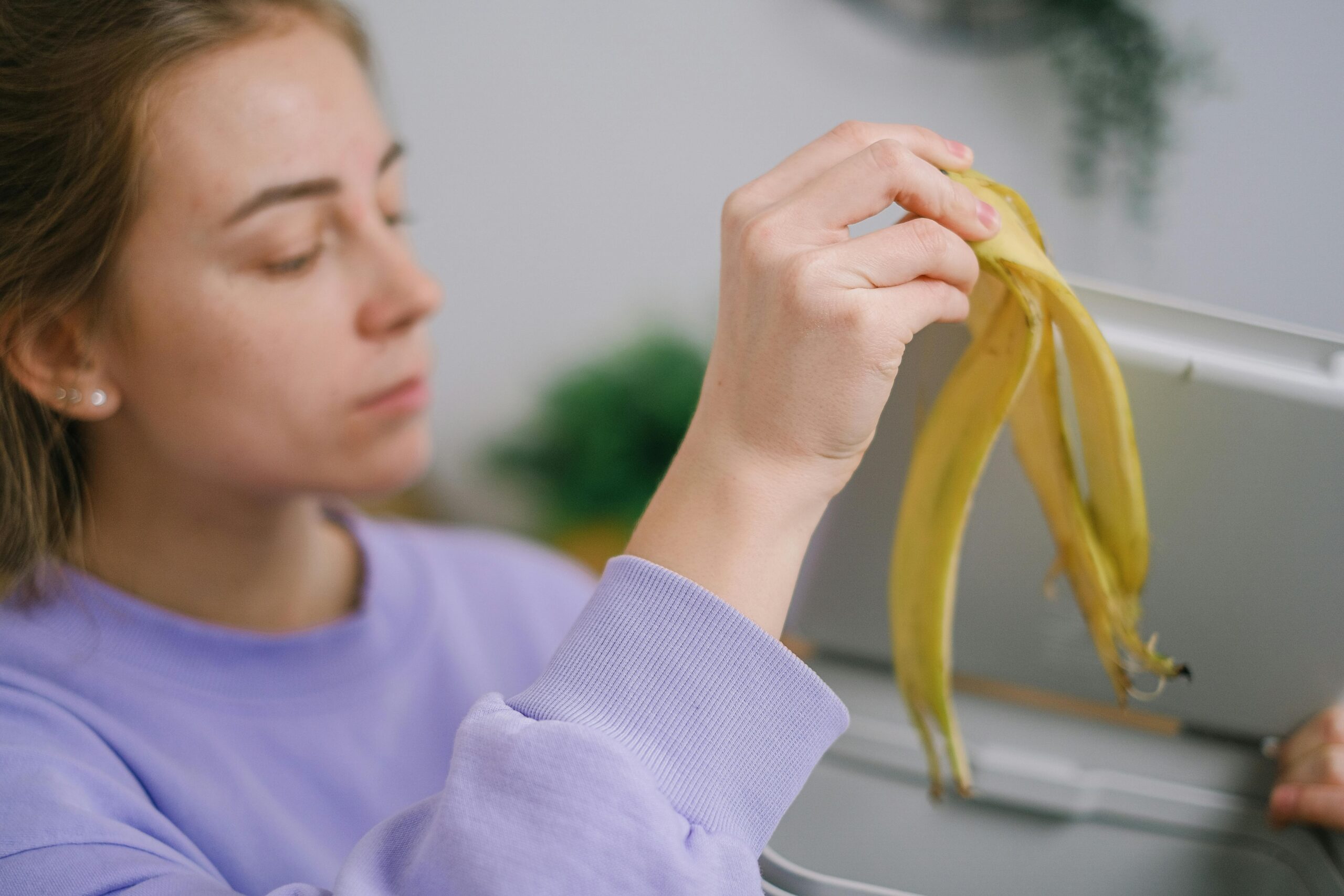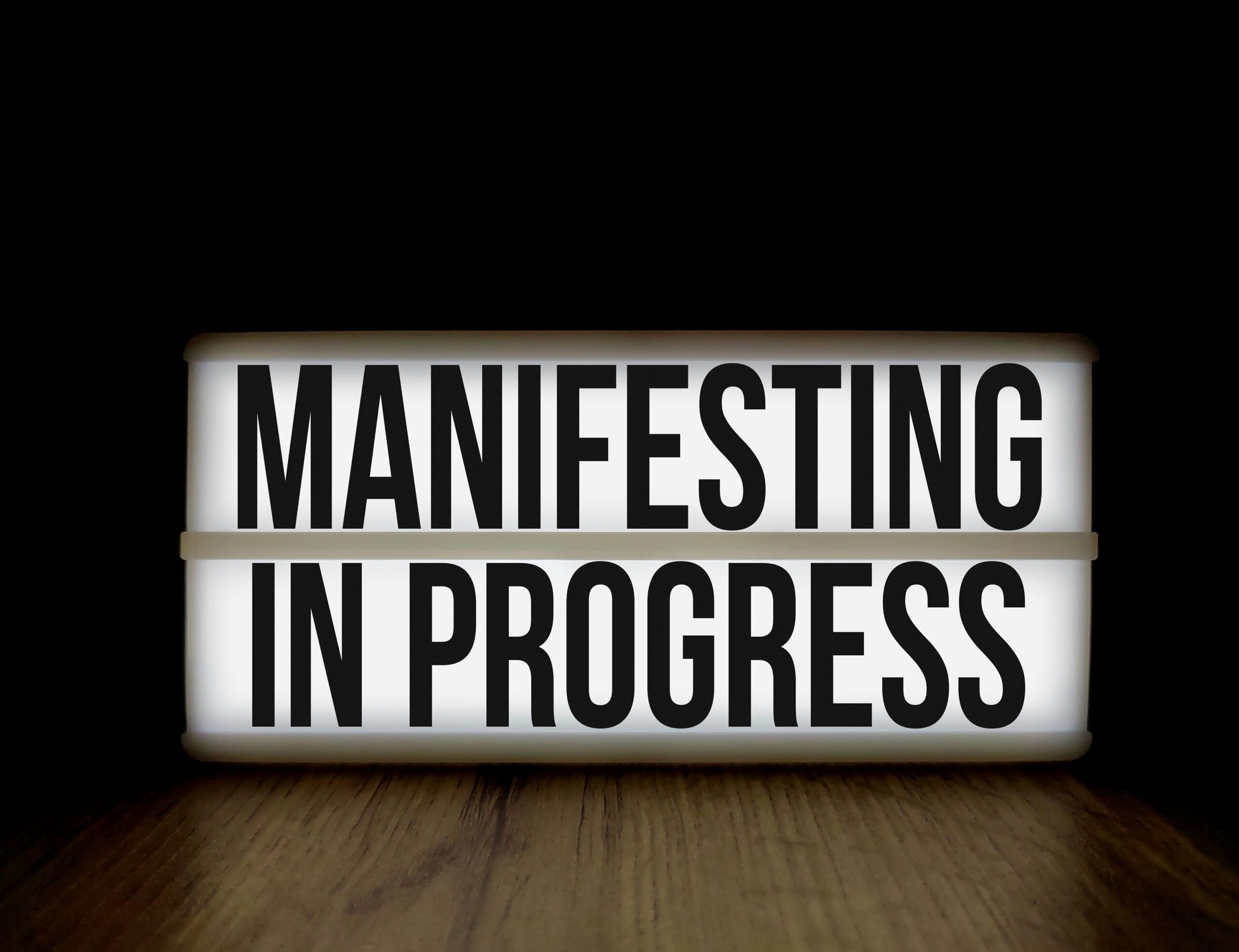Your surroundings have more influence over your daily choices than you might realize. From the arrangement of your furniture to the lighting in your workspace, every environmental detail plays a crucial role in shaping your habits and behaviors.
🏠 The Hidden Architecture of Behavior
Environmental design isn’t just about aesthetics—it’s fundamentally about behavior modification. When psychologists study habit formation, they consistently find that context matters more than willpower. Your environment acts as an invisible hand guiding you toward certain actions while making others more difficult to pursue.
Think about the last time you walked into your kitchen. Did you automatically reach for a snack because that’s where you always keep treats visible on the counter? Or did you grab a glass of water because you strategically placed a pitcher at eye level? These seemingly minor environmental cues create neural pathways that become automatic over time.
Research from behavioral economics shows that humans are cognitive misers—we prefer to conserve mental energy whenever possible. This means we gravitate toward the path of least resistance. By consciously designing your environment, you can make healthy behaviors the easy, default option rather than requiring constant willpower.
🔍 Environmental Triggers: The Science Behind Automatic Behaviors
Every habit operates through a three-part loop: cue, routine, and reward. The environment provides most of the cues that initiate these loops. A study published in the British Journal of Health Psychology found that environmental context explained up to 45% of the variance in daily health behaviors.
Visual cues are particularly powerful. When healthy foods are prominently displayed and unhealthy options are hidden, people naturally make better nutritional choices without conscious deliberation. This principle applies across all habit domains—from exercise to productivity to social interactions.
The proximity principle states that we’re more likely to engage with things that are physically closer to us. Placing your yoga mat in the middle of your bedroom floor increases the likelihood you’ll practice in the morning. Keeping your phone in another room while working dramatically improves focus and concentration.
The Role of Friction in Habit Formation
Adding or removing friction is one of the most effective environmental strategies for habit change. Friction refers to the number of steps between you and a desired or undesired behavior. Every additional step reduces the likelihood of action by approximately 25% according to behavioral design research.
For positive habits, remove friction. Want to read more? Place books on your nightstand and pillow. Want to exercise consistently? Sleep in your workout clothes. For negative habits, add friction. Struggling with social media addiction? Delete the apps and only access them through a web browser that requires logging in each time.
🌅 Designing Your Morning Environment for Success
The first hour after waking sets the neurochemical tone for your entire day. Your morning environment should be optimized to support energy, focus, and positive momentum. This means controlling light exposure, organizing your space the night before, and eliminating decision fatigue.
Natural light is perhaps your most powerful morning tool. Exposure to bright light within 30 minutes of waking helps regulate your circadian rhythm, improves alertness, and enhances mood throughout the day. Position your bed near a window or invest in a sunrise alarm clock that gradually increases light intensity.
The concept of implementation intentions—specific if-then plans—works best when paired with environmental design. Instead of saying “I’ll exercise in the morning,” create an environment where exercise is the obvious next step: gym clothes laid out, workout mat unrolled, water bottle filled and waiting.
Eliminating Morning Decision Points
Decision fatigue is real and depletes your willpower reserves before your day truly begins. Successful entrepreneurs and creative professionals often wear similar outfits daily not because of laziness, but because they understand the cognitive cost of unnecessary decisions.
Prepare everything possible the night before. Lay out clothing, pack your bag, prepare breakfast ingredients, and review your schedule. Your morning self should simply execute a predetermined sequence rather than making fresh choices at every turn.
💼 Workspace Design: Architecture for Productivity
Your workspace environment directly impacts cognitive performance, creative thinking, and sustained attention. An optimized workspace reduces mental friction while promoting the specific behaviors your work requires. This applies whether you work from home, in an office, or split between multiple locations.
The principle of environmental zoning suggests creating distinct physical spaces for different types of work. Your desk might be for focused analytical tasks, a comfortable chair for reading and reviewing, and a standing area for phone calls and brainstorming. These spatial distinctions help your brain shift into appropriate modes more quickly.
Research from Cornell University found that workers with optimized ergonomic setups and proper lighting reported 24% less eyestrain, 25% fewer headaches, and completed tasks 11% faster than those in suboptimal environments. Environmental optimization isn’t just about comfort—it’s about performance enhancement.
Digital Environment Design
Your digital workspace is equally important as your physical one. The average knowledge worker switches between applications over 300 times per day, with each switch incurring a cognitive switching cost. Organizing your digital environment reduces these costs substantially.
Use separate browser profiles or user accounts for different types of work. Keep only essential applications in your dock or taskbar. Utilize focus modes that automatically silence notifications during designated work periods. Apps like Forest or Freedom can help you maintain digital boundaries and build better screen habits.
🍎 Kitchen Architecture: Engineering Better Nutrition
The food environment is perhaps where environmental design shows the most immediate impact. Studies consistently demonstrate that visibility and accessibility determine consumption patterns more than taste preferences or nutritional knowledge. Simply put, you eat what you see and what’s convenient.
The “healthy at eye level” principle suggests placing nutritious foods at eye level in your refrigerator and pantry while moving less healthy options to harder-to-reach locations. Better yet, remove tempting foods entirely during the initial habit formation phase when willpower is most vulnerable.
Meal preparation is dramatically influenced by kitchen organization. When healthy ingredients are pre-washed, pre-cut, and stored in clear containers at the front of your refrigerator, you’re significantly more likely to use them. When cooking tools are easily accessible, you’re more likely to prepare meals rather than ordering takeout.
The Power of Portion Control Through Design
Plate size matters more than you think. Research from the Cornell Food and Brand Lab found that people using 12-inch plates served themselves 22% more food than those using 10-inch plates, regardless of hunger levels. Smaller plates, bowls, and serving utensils automatically promote appropriate portion sizes.
Visual triggers work both ways. Keeping a fruit bowl on the counter increases fruit consumption by an average of 3 servings per week. Conversely, keeping potato chips visible increases consumption by approximately 2 servings per week compared to storing them in a cupboard.
🌙 Evening Environment: Setting Up Quality Sleep
Sleep quality is profoundly influenced by your bedroom environment, yet most people overlook basic sleep hygiene principles in their environmental design. Temperature, lighting, and visual clutter all impact your ability to fall asleep quickly and achieve restorative deep sleep cycles.
Your bedroom should be cool, dark, and associated exclusively with sleep and intimacy. The ideal sleep temperature ranges between 60-67°F (15-19°C). Complete darkness is crucial—even small amounts of light exposure can disrupt melatonin production and fragment sleep architecture.
The bedroom should be a technology-free zone. The blue light from screens suppresses melatonin and signals your brain to remain alert. Charging stations should be located outside the bedroom, forcing you to use a traditional alarm clock and eliminating the temptation for late-night scrolling.
Wind-Down Rituals and Environmental Cues
Creating a consistent pre-sleep environment signals your body to begin the transition toward rest. Dimming lights 60-90 minutes before bed, maintaining a consistent temperature, and using consistent sensory cues like essential oils or white noise helps establish reliable sleep onset patterns.
Visual clutter creates mental clutter. A cluttered bedroom environment correlates with increased cortisol levels and difficulty falling asleep. Implementing a nightly 5-minute reset—putting away clothes, clearing surfaces, and organizing—creates a psychologically calming space conducive to rest.
🏃 Movement-Friendly Environments
Physical activity is heavily influenced by how your environment either facilitates or hinders movement. Urban planners and public health researchers now recognize that walkability, green space access, and recreational infrastructure dramatically impact population-level physical activity rates.
On a personal level, you can engineer your immediate environment to prompt more movement throughout the day. Standing desks, stability balls, or under-desk ellipticals transform sedentary work time into opportunities for light activity. Placing frequently used items on high shelves or in different rooms forces you to stand and walk repeatedly.
The concept of exercise snacking—brief bursts of activity throughout the day—is facilitated by strategic equipment placement. Resistance bands hanging on a doorknob, a pull-up bar in a frequently passed doorway, or a yoga mat perpetually unrolled in your living room all serve as environmental prompts for movement.
Accountability Through Visible Tracking
Making progress visible reinforces habit loops and provides continuous motivation. Habit tracking apps that send notifications or wall calendars where you physically mark completed activities leverage environmental visibility to maintain consistency.
👥 Social Environment: The People Who Shape Your Habits
Your social environment may be the most powerful force shaping your daily behaviors. The Framingham Heart Study famously demonstrated that obesity spreads through social networks—if your friends gain weight, your likelihood of gaining weight increases by 57%, even if they live hundreds of miles away.
This social contagion effect applies to all behaviors: exercise habits, financial decisions, career ambitions, and emotional states. You unconsciously adopt the norms, values, and behaviors of the people you spend the most time around. This isn’t weakness—it’s fundamental human psychology.
Curating your social environment means intentionally spending time with people who embody the habits you want to develop. Join running clubs if you want to exercise more. Attend networking events if you want to advance professionally. Seek out book clubs if you want to read more consistently.
Creating Accountability Partnerships
Environmental design extends to building accountability structures into your social landscape. Workout partners, study groups, or mastermind circles create social pressure that maintains consistency when individual motivation wanes. The mere act of publicly committing to a goal increases follow-through by approximately 65%.
🎯 Implementation Strategy: Your 30-Day Environmental Redesign
Transforming your environment doesn’t require a complete overhaul. Small, strategic changes compound over time to create dramatically different behavioral patterns. Focus on one environmental change per week for maximum sustainability.
Start with your highest-leverage environment—the space where you spend the most time or where your target habit naturally occurs. For most people, this is either the bedroom or primary workspace. Make that environment absolutely optimized before moving to secondary spaces.
Document your baseline environment with photos. This creates awareness of current conditions and provides comparison points for measuring progress. Often, we don’t realize how cluttered, poorly lit, or disorganized our spaces have become until we see them objectively through a camera lens.
Weekly Environmental Upgrades
Week one: Optimize your sleep environment. Remove all screens, control temperature and lighting, and eliminate visual clutter.
Week two: Redesign your kitchen for better nutrition. Reorganize your refrigerator and pantry, purchase smaller plates, and create a visible fruit bowl.
Week three: Transform your workspace for focus. Create zones for different work types, organize your digital environment, and establish boundaries around interruptions.
Week four: Engineer movement into your day. Place equipment strategically, adjust your workspace for standing, and create visible progress tracking systems.
🔄 Maintaining Your Optimized Environment
Environmental optimization isn’t a one-time project—it requires ongoing maintenance. Entropy naturally increases in all systems, meaning your carefully designed spaces will gradually deteriorate without intentional upkeep. Build weekly and monthly review cycles into your calendar.
The Sunday reset has become popular precisely because it addresses environmental entropy. Spending 30-60 minutes each week reorganizing key spaces, restocking healthy foods, and preparing your environment for the upcoming week dramatically improves adherence to healthy routines.
Environmental design should evolve as your goals and circumstances change. What optimized your workspace for analytical work might not suit creative projects. What supported weight loss might need adjustment during maintenance phases. Regularly reassess whether your environment still serves your current objectives.

🚀 Your Environment Creates Your Future
The cumulative effect of daily habits determines life outcomes more than any single decision or dramatic change. Since your environment shapes those daily habits, environmental design is ultimately future design. The spaces you create today are creating the person you’ll become tomorrow.
Start small but start today. Choose one environmental modification that supports a habit you want to develop. Implement it completely before adding another change. This incremental approach prevents overwhelm while building momentum through early wins.
Remember that perfect is the enemy of good. Your environment doesn’t need to look like a magazine spread or function with robotic precision. It simply needs to make your desired behaviors easier and your undesired behaviors harder. Even small reductions in friction compound into substantial behavioral changes over time.
The beauty of environmental design is that it works automatically once implemented. Unlike willpower or motivation—which fluctuate daily—a well-designed environment consistently supports your goals regardless of how you feel. It transforms aspiration into architecture, making your best intentions the path of least resistance.
Toni Santos is a personal growth strategist and wealth alignment researcher dedicated to helping people connect mindset, habits, and money with purpose. With a focus on abundance psychology and intentional living, Toni explores how beliefs, behavior, and clarity turn goals into sustainable prosperity. Fascinated by financial psychology and high-performance routines, Toni’s journey bridges coaching, behavioral science, and practical frameworks. Each guide he shares is an invitation to design a life by intention—where daily actions align with values, and values align with long-term wealth. Blending mindset work, habit design, and evidence-based strategy, Toni studies how identity shifts, focus systems, and disciplined execution create compounding results. His work champions the idea that true abundance is built from the inside out—through awareness, alignment, and consistent action. His work is a tribute to: An abundance mindset grounded in gratitude, vision, and responsibility Financial psychology that transforms behavior into smart decisions Goal-oriented living powered by clear systems and repeatable habits Whether you’re redefining success, aligning money with meaning, or building habits that last, Toni Santos invites you to grow with intention—one belief, one plan, one aligned step at a time.




